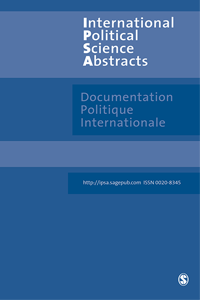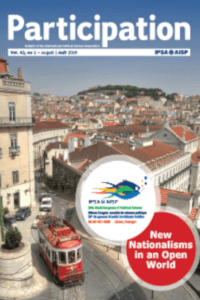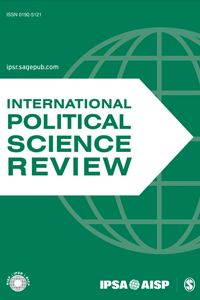Religious affiliation is frequently regarded as a catalyst for social fragmentation, which may precipitate conflict. It serves as a differentiating factor, delineating a distinction between "us" and "the enemy," while simultaneously reinforcing the cohesion of co-religious members within a society. The panel presents a range of case studies from Middle Eastern countries, exploring the role of religious identity as a marker of differentiation in the context of political mobilization. This illustrates the constructive and imagined nature of a religion-based political identity, taking into account the flexibility of religious and sectarian boundaries and the interchangeability with ethnic solidarity.
While religious affiliation functions as a mobilizing tool for political actors (as evidenced by jihadism in opposition to foreign intervention), alternative forms of religious solidarity and networks frequently emerge at the popular level, rejecting state-led religious identity (as exemplified by the emergence of sectarian solidarity in post-Saddam Iraq). Ruling elites frequently implement a marker of division among co-religious communities as a means of divide and rule (as evidenced by discriminatory policies towards religious and sectarian groups under European colonial rule), which may result in the emergence of trans-sectarian or trans-religious solidarity (such as cooperation between Sunni Hamas and Shiite Hezbollah against the Israeli occupation). Religious networks have the capacity to transcend geographical boundaries, as evidenced by the interconnectedness of Shi'ite networks across Iran, Iraq, and the Gulf. Conversely, religious networks can also fragment into sub-national, ethnicity-like communal bonds, as observed in the case of Christian minorities in the Mashreq region. The objective of this panel is fourfold:
1) To examine the people’s perception of the religiosity both in their daily lives and in situations of conflicts.
2) To identify the patterns through which religious networks are mobilised, both from above and from below, and in a fragmented way or transnationally.
3) To ascertain how religious identity operates in conjunction with other social affiliations, such as ethnic, local, tribal, and kinship networks.
4) To ascertain the circumstances under which the religious factor will be superseded by other social factors in their capacity to act as either divisive or integrating forces within society.
The Role of Religion in the Division and Integration of Societies and Movements in Conflict-affected Areas
Panel Code
RC43.06
Type
Closed Panel
Language
English
Chair
Discussants
Description
Onsite Presentation Language
Same as proposal language
Panel ID
PL-7394











